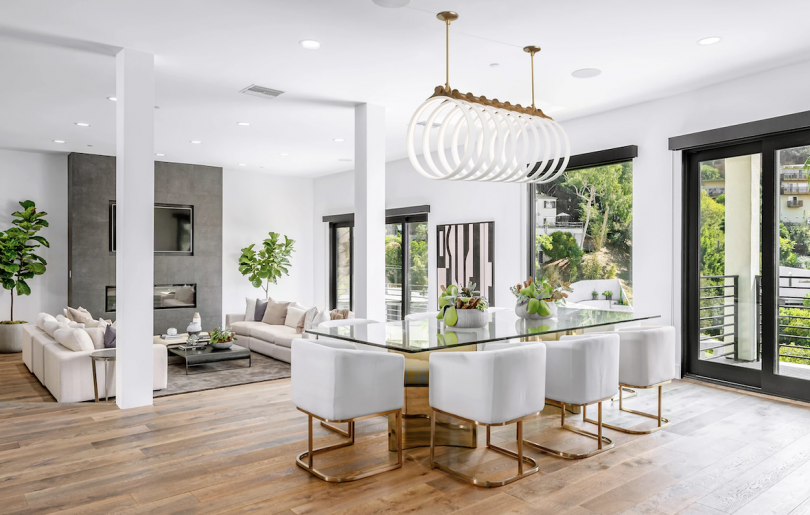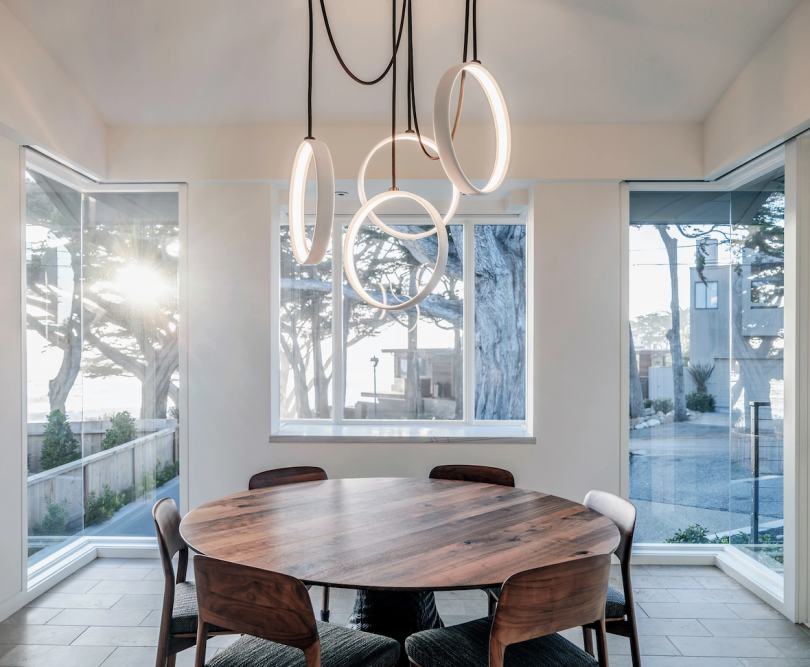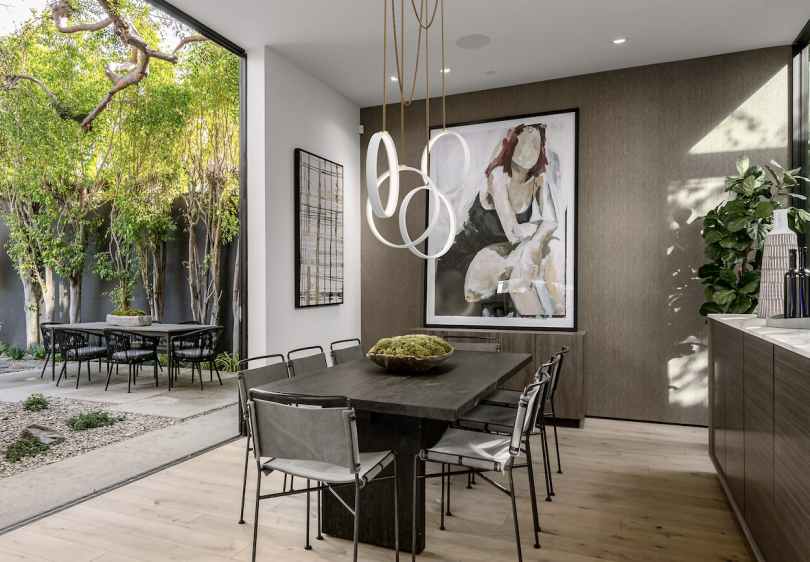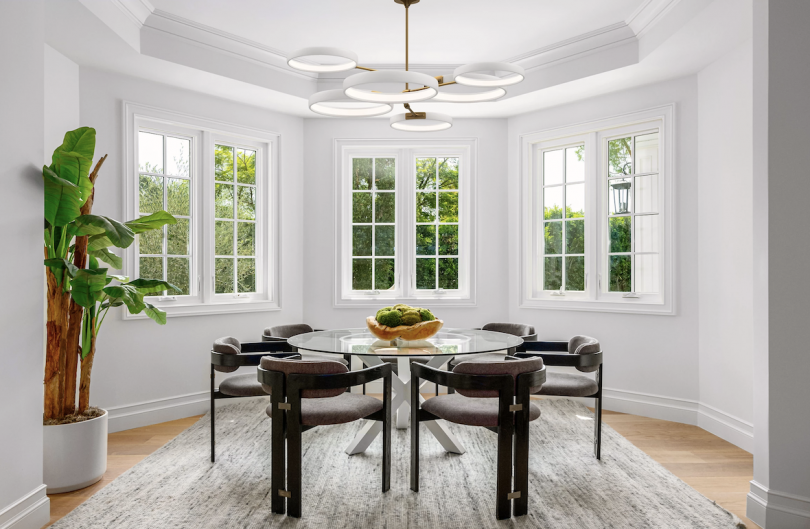DMTV Milkshake: Discovering Beauty in the Impossible With Lighting Designer Ted Bradley
“There’s death in these sculptures, but also life,” says lighting designer Ted Bradley, from his eponymous studio in Boulder, Colorado. He’s talking about his Samsara, the piece that bedeviled him for six years in the conceptual stage and required a solid 12 months to fabricate. With a metal spine connecting a series of porcelain rings, it’s inspired by the bleached ribcage of a whale. When first approached with the project, master mold makers told Bradley that they thought creating the porcelain rings to his specs would be highly challenging, if not impossible. “I had this very specific vision, but I didn’t yet know how I was gonna make them,” he says. “I thought it’d be pretty straightforward. I’m an engineer, I’ve worked with ceramics for years – I started in November and thought that by the end of the year, two months, I would have the thing completely built and ready to go.” It didn’t go quite as planned – but a year later, Bradley figured it out, and the Samsara is now his showcase piece.
In this week’s Milkshake, Bradley digs into the nitty-gritty of those technical details, as well as explains why he left his super-stable corporate – with Google, no less – to pursue his lighting-centric dream. “The very first thing I knew I was passionate about was ceramics and porcelain,” he says. “It was touching, creating, seeing the input that I had with my hands, and [seeing] my vision come out in real life in such a messy – but also beautiful – process.” Along with that passion, though, was a talent and deep interest in engineering, which led to a decade at Google. “After 10 years [though], I stepped back and I said, ‘Is this for sure what I want to be doing with my life?’ And the answer was no – and what if there was a world where I could work with what I was most passionate about – which is ceramics and engineering?” Bradley says that the science and the art work together: “I had a friend who said, ‘What do you do – do you sit at home and wait for the inspiration to strike?’ And I was like, ‘No, that’s not what my job is, at all.’ The inspiration for the design lasts about two minutes, and there’s a sketch – and the next two years are hard engineering.”
To hear more, tune in!
Diana Ostrom, who has written for Wallpaper, Interior Design, ID, The Wall Street Journal, and other outlets, is also the author of Faraway Places, a newsletter about travel.
Milkshake, DMTV (Design Milk TV)’s first regular series, shakes up the traditional interview format by asking designers, creatives, educators and industry professionals to select interview questions at random from their favorite bowl or vessel. During their candid discussions, you’ll not only gain a peek into their personal homeware collections, but also valuable insights into their work, life and passions.
Headshot photo by Benjamin Buren.
from Design MilkDesign Milk https://ift.tt/F2eZoGw






Comments
Post a Comment